The 1970s was the golden age of teen idols—young stars who dominated magazine covers, television screens, and the dreams of adolescents across America. These carefully packaged celebrities seemed omnipresent, their faces adorning everything from lunchboxes to bedroom walls. But fame can be fleeting, especially in the fickle world of teen adoration. Here’s a nostalgic look at 12 ubiquitous ’70s teen sensations whose bright stars faded almost as quickly as they rose.
1. Susan Dey
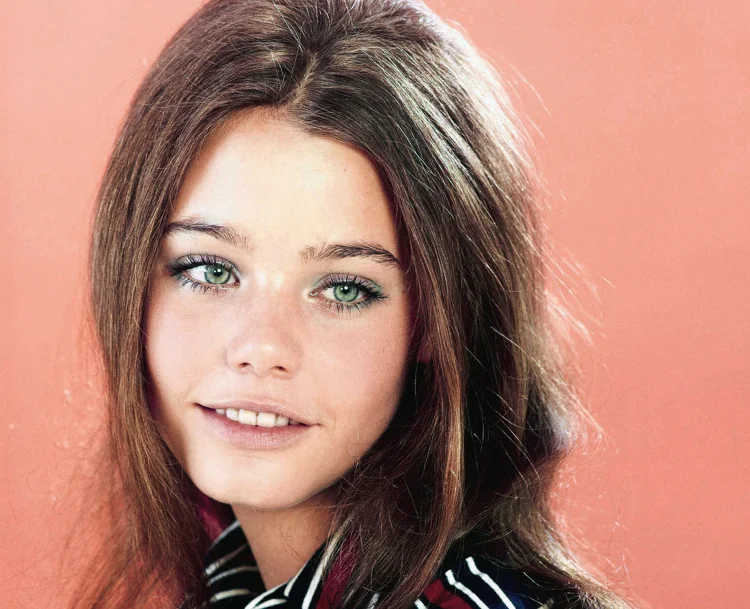
As Laurie Partridge on “The Partridge Family,” Susan Dey became the crush of countless teenage boys who tuned in weekly to see her portrayal of the serious, keyboard-playing sister. Her wholesome beauty and girl-next-door appeal made her a natural for teen magazine features, though she always seemed slightly uncomfortable with the attention focused on her appearance rather than her acting abilities. Despite her reserved nature, Dey’s face was inescapable during the early ’70s, representing an accessible kind of beauty that teenage girls hoped to emulate. Showbiz Cheat Sheet recounts how another famous, and infamous, TV family took down this career-defining show.
Unlike her co-star David Cassidy, Dey successfully transitioned to adult roles, most notably as Grace Van Owen on “L.A. Law,” and deliberately distanced herself from her teen idol past. She refused to participate in “Partridge Family” reunions and rarely discussed the show that made her famous, creating a sharp delineation between her ’70s persona and later career. This self-imposed separation from her teen idol image was so complete that younger generations discovered her only through her sophisticated adult roles, unaware of the posters and lunchboxes that once bore her image.
2. David Cassidy
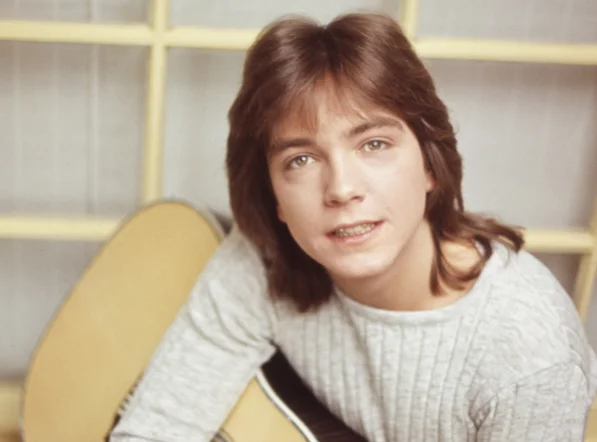
As Keith Partridge on “The Partridge Family,” David Cassidy achieved a level of teen idol worship that bordered on hysteria, with fan club membership exceeding that of Elvis Presley and The Beatles. His feathered hair, soulful eyes, and surprisingly solid musical talent helped him transcend the typical manufactured teen idol label, scoring genuine hits like “I Think I Love You” and filling concert venues with screaming fans. The phenomenon known as “Cassidymania” couldn’t sustain itself, however, and by the mid-’70s, his desperate attempts to break free from his squeaky-clean image had alienated his core fanbase. Us Weekly features memories shared by David’s daughter Katie, pushing the curtain aside to his life as a family man.
His 1974 Rolling Stone cover featuring a nude photo shoot symbolized his rebellion against teen idol status but confused the parents who had previously approved of their children’s infatuation. Cassidy’s post-Partridge career included struggles with alcoholism, bankruptcy, and a series of comeback attempts that never quite recaptured his early-’70s glory. Though he continued performing until shortly before his death in 2017, for most of the public, David Cassidy remained frozen in time as the teenage heartthrob whose ubiquity in the early ’70s was matched only by his rapid descent from the pinnacle of fame.
3. Desi Arnaz Jr.
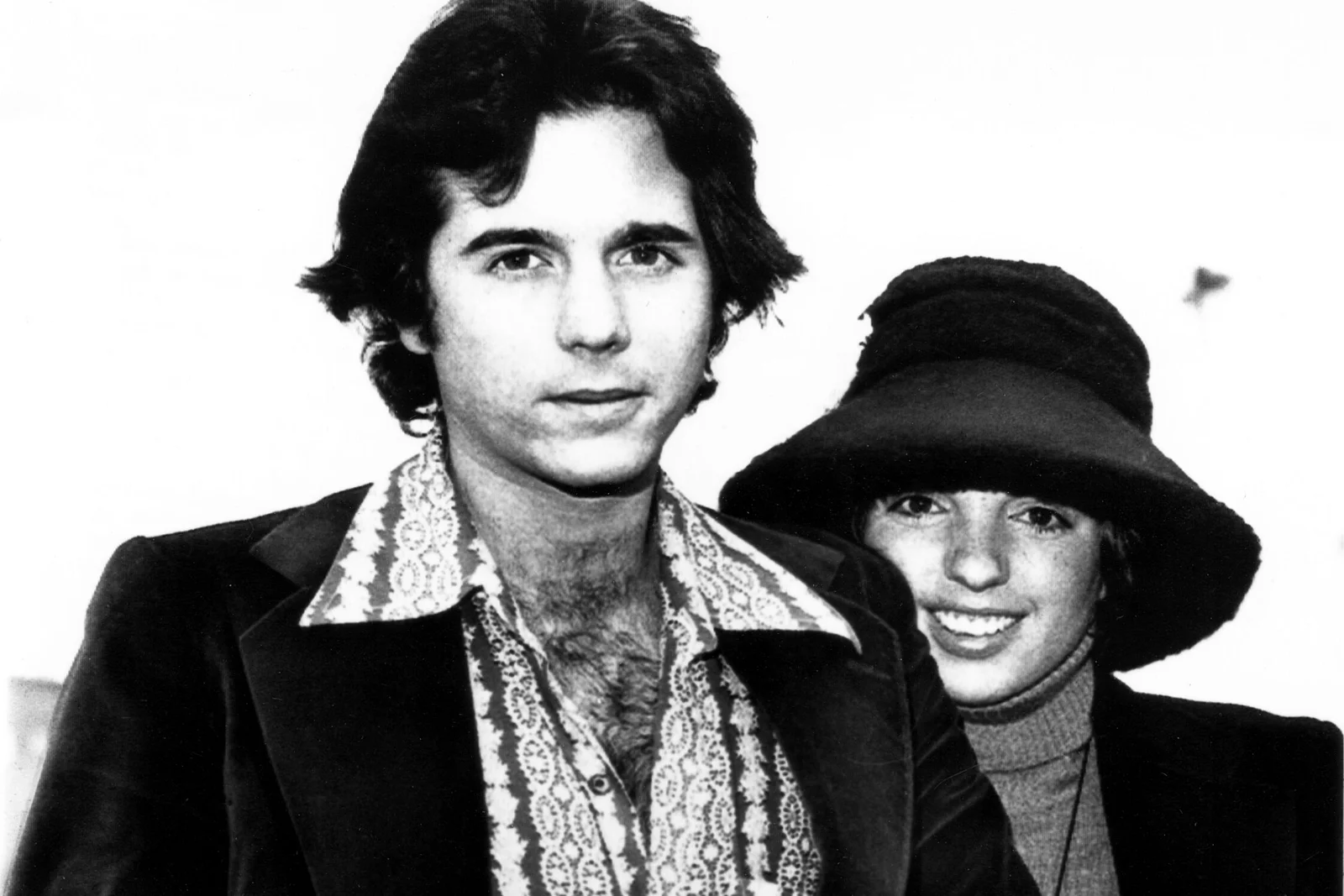
As the son of Lucille Ball and Desi Arnaz, Desi Jr. was Hollywood royalty from birth—and the teen magazines couldn’t get enough of him. He drummed for the pop group Dino, Desi & Billy, and his early appearances on television, including a dramatized version of his own birth on I Love Lucy, gave him a head start in fame. In the early ’70s, his dark hair, wide smile, and famous last name made him a natural for the teen idol spotlight. These days, as reported by People, his sister Lucie shares updates on his much more quiet life.
Despite his famous parents and early attention, Desi Jr.’s solo career never quite found its footing. His personal struggles, including addiction and the pressures of fame, contributed to a quieter exit from the limelight. He later focused on business ventures and preserving his mother’s legacy, but his days of his poster hanging on bedroom walls faded as quickly as they arrived.
4. Shaun Cassidy
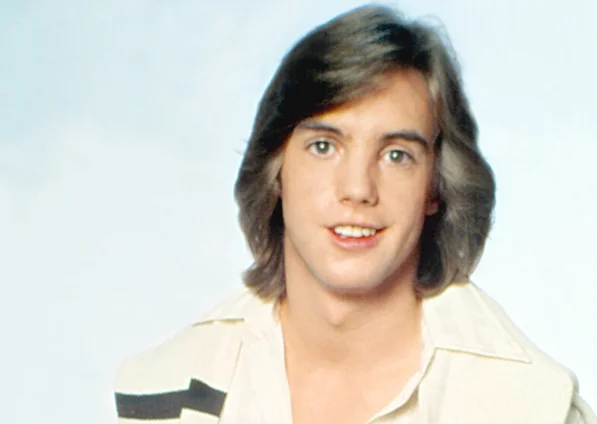
Riding the wave of his half-brother David’s success and his own starring role in “The Hardy Boys Mysteries,” Shaun Cassidy became the second Cassidy to conquer teen hearts with hits like “Da Doo Ron Ron” and “Hey Deanie.” His blonde good looks and less complicated image made him the safe alternative to his brother’s increasingly adult direction, earning him multiple gold records and sold-out tours between 1977 and 1979. Girls across America practiced signing “Mrs. Shaun Cassidy” while plastering their rooms with his posters, certain that his star would shine forever. MeTV has uncovered additional fun facts about some of his biggest claims to fame.
Unlike many teen idols, Cassidy orchestrated his own career transition, deliberately stepping away from performing to focus on writing and producing television shows like “American Gothic” and “Invasion.” This calculated move from teen idol to behind-the-scenes creative force happened so completely that many younger people have no idea he was once a pop star. Cassidy’s successful reinvention represents a rare case of a teen idol who walked away on his own terms, though the abruptness of his departure left many fans wondering what happened to their blonde-haired heartthrob.
5. Michael Gray
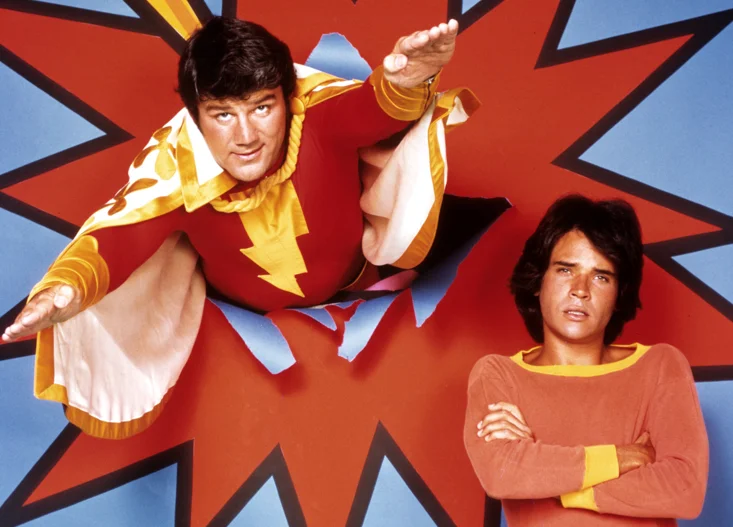
As Billy Batson on the Saturday morning hit Shazam!, Michael Gray became an unlikely teen idol for kids who tuned in every weekend to see him transform into a superhero with a single word. His good looks and earnest performances earned him a devoted young fanbase, especially among those too young for the edgier heartthrobs of primetime. For a brief period, he was the talk of the elementary school crowd and a regular in fan magazines.
After Shazam! ended in 1976, Gray found it hard to break out of the child-friendly typecasting. Though he made sporadic appearances on television, his career never reached the same level again, and he eventually stepped away from acting altogether. His short-lived fame serves as a reminder that even Saturday morning icons could capture hearts before quietly disappearing from view.
6. Kristoffer Tabori
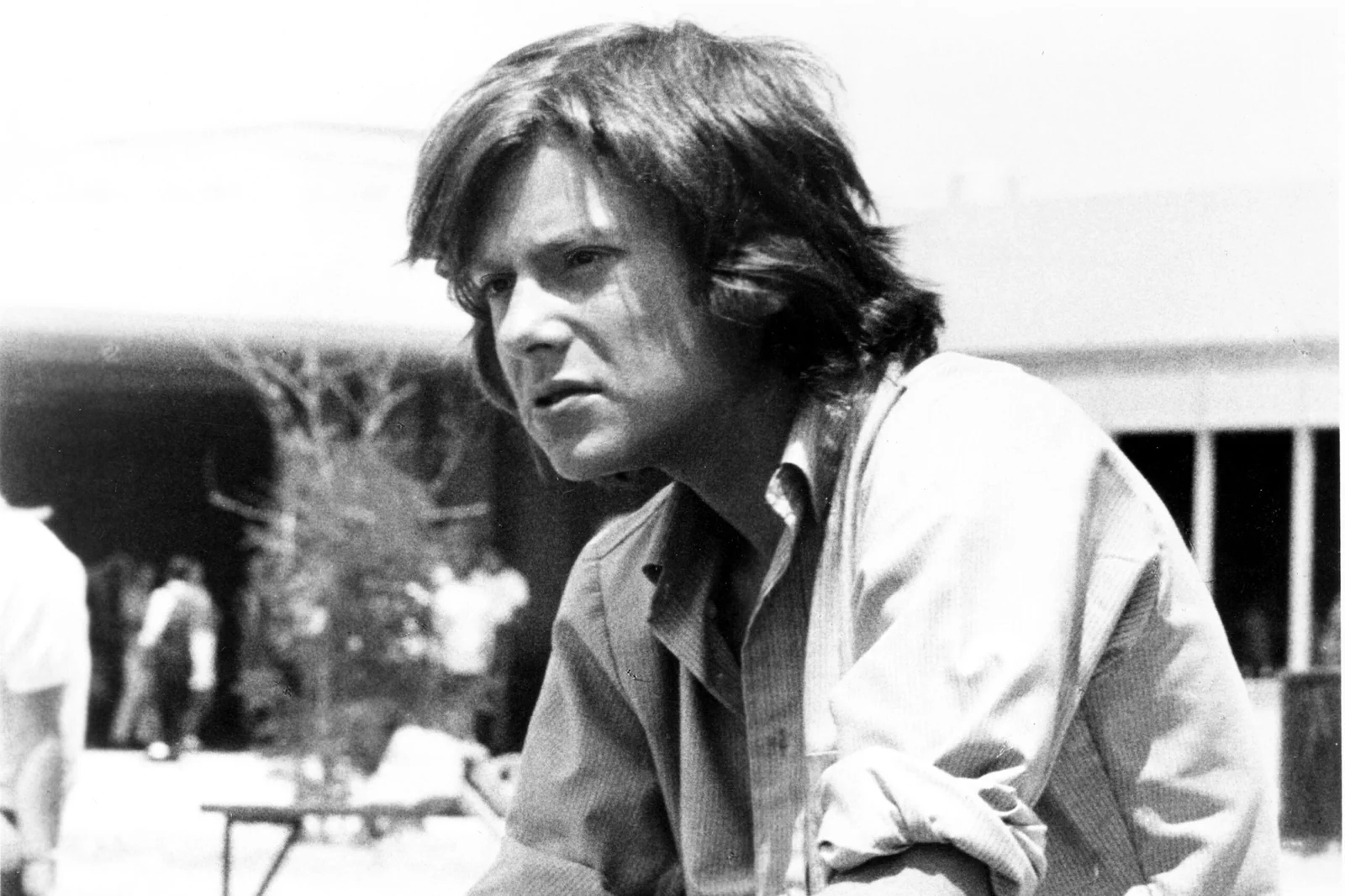
With a name that sounded straight out of a romance novel and soulful eyes that hinted at hidden depths, Kristoffer Tabori was briefly seen as the thinking person’s teen idol. He starred in TV movies like The Love War and She Lives!, where his poetic presence struck a chord with viewers looking for something more earnest than the usual pop star parade. His lineage as the son of actress Viveca Lindfors added an air of Hollywood royalty that didn’t hurt his mystique.
Tabori’s career never quite took off in the same way as his contemporaries, though he continued working in television and later became a respected voice director for animation. His quiet fade from teen heartthrobdom reflects the difference between media hype and lasting superstardom. While his name may not instantly ring a bell today, his short stint in the teen idol galaxy shone with a unique, if brief, glow.
7. Jan-Michael Vincent
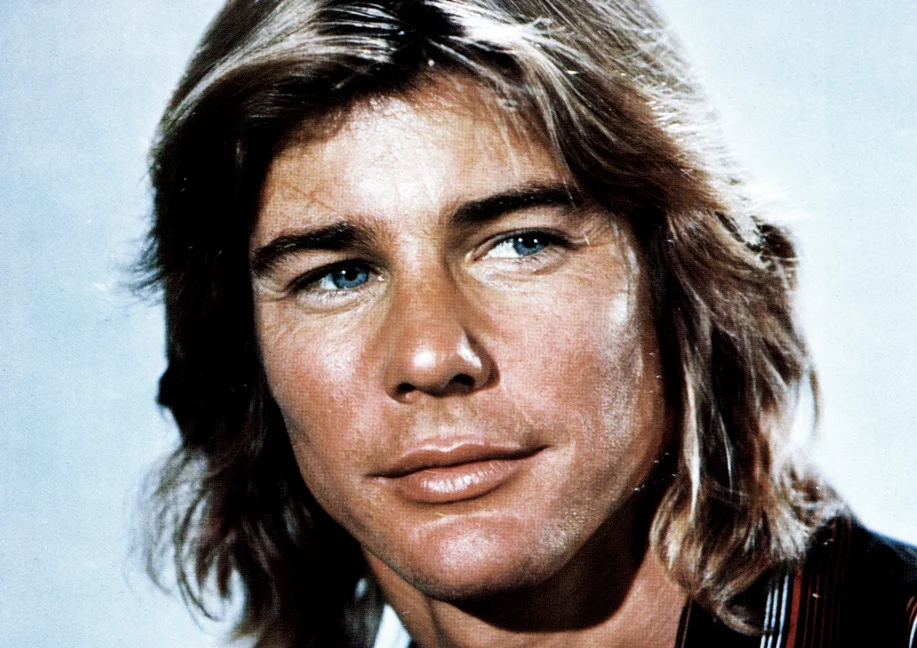
With his piercing blue eyes and rugged surfer physique, Jan-Michael Vincent became the slightly dangerous teen idol who appealed to girls looking for someone edgier than the typical clean-cut stars of the era. His roles in Disney’s “The World’s Greatest Athlete” and the surfing film “Big Wednesday” established him as a heartthrob with legitimate acting credentials, while his appearances in teen magazines cemented his status as a bedroom wall fixture. His potential seemed limitless, with both teen appeal and the acting chops to potentially transition to serious adult roles.
Vincent’s promising career derailed spectacularly due to severe substance abuse problems and increasingly erratic behavior that made him uninsurable on film sets. Though he briefly resurfaced in the 1980s television series “Airwolf,” his decline continued until his death in 2019, largely forgotten by the entertainment industry that once embraced him. The dramatic contrast between his golden boy image and his troubled later years makes Vincent perhaps the most tragic case of ’70s teen idoldom gone wrong.
8. Marie Osmond

As the only girl in the famous Osmond family, Marie carved out her own identity with the country-pop hit “Paper Roses” at just 13 years old, becoming an instant teen idol separate from her brothers’ success. Her wholesome image, enhanced by her Mormon faith and close family ties, made her the perfect role model for girls and a non-threatening crush for boys during the mid-’70s. The “Donny & Marie” variety show, with its iconic ice skating sequences and playful sibling banter, brought her into American living rooms weekly, creating a sense that Marie was part of the family.
Though Marie never completely disappeared from public view, her teen idol status faded as the ’70s ended and musical tastes shifted dramatically away from her brand of clean-cut entertainment. Unlike many peers, she periodically reinvented herself—as a country artist, talk show host, doll designer, and mental health advocate. Her continued presence in American culture represents a rare case of a teen idol who transitioned to a sustainable, multifaceted career, though many would be surprised to learn how completely she once dominated the teen landscape.
9. Parker Stevenson
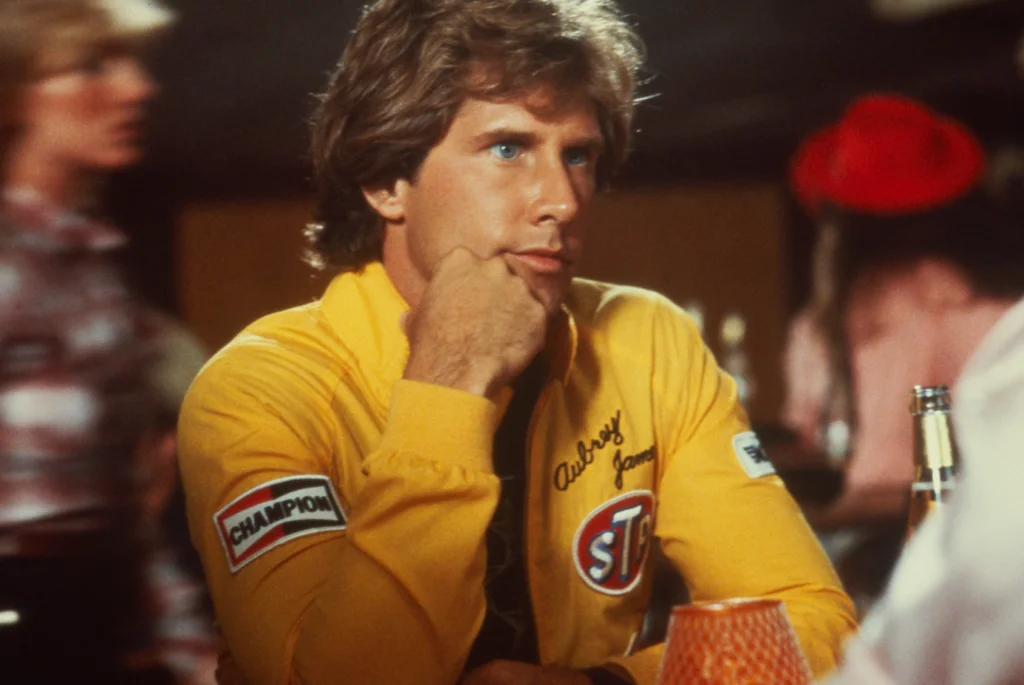
As Frank Hardy in “The Hardy Boys Mysteries,” Parker Stevenson—along with co-star Shaun Cassidy—became a television detective and teen magazine fixture whose appeal crossed multiple demographics. His all-American good looks and slightly more serious image compared to other teen idols earned him a dedicated fanbase who appreciated his understated approach to fame. The weekly television exposure and constant magazine coverage made him seem like a permanent fixture in the teen entertainment landscape of the late ’70s.
When “The Hardy Boys” ended, Stevenson found himself typecast and struggling to establish an adult acting career, appearing in projects that never quite captured the public imagination the way his breakthrough role had. Though he continued working steadily in television, including a role on “Baywatch,” his fame never again approached his teen idol heyday. His relative obscurity today, despite his once-ubiquitous presence, demonstrates how completely the entertainment industry can move on from even its most photogenic young stars.
10. Kristy McNichol
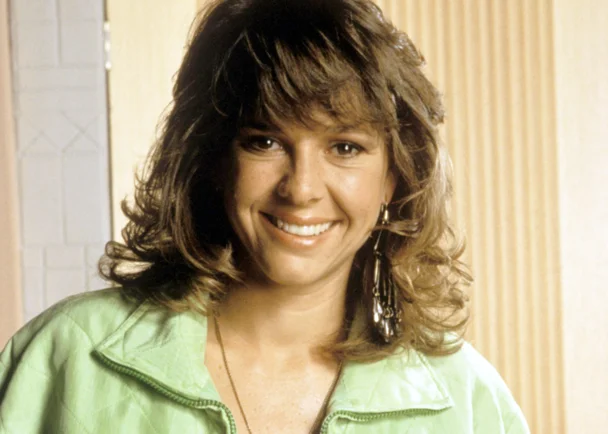
As Buddy Lawrence on the drama “Family,” teenage Kristy McNichol brought an authenticity and emotional depth rarely seen from young performers, winning two Emmy Awards and the hearts of fans who appreciated her tomboy charm. Her popularity extended beyond the critically acclaimed series to films like “Little Darlings” and “The Night the Lights Went Out in Georgia,” establishing her as both teen idol and serious actress. Her approachable, natural style made her relatable to young fans who saw themselves in her character’s struggles and triumphs.
McNichol’s promising career was derailed by bipolar disorder, which led to her walking off the set of the film “Just the Way You Are” and beginning a pattern of professional uncertainty. By the mid-1980s, her once-blazing career had cooled considerably, and her departure from the sitcom “Empty Nest” in 1992 effectively marked her retirement from the industry at just 30 years old. Her subsequent decades of privacy left ’70s fans wondering what happened to the talented performer whose emotional authenticity had once made her seem like the most genuine teen star of her generation.
11. Willie Aames
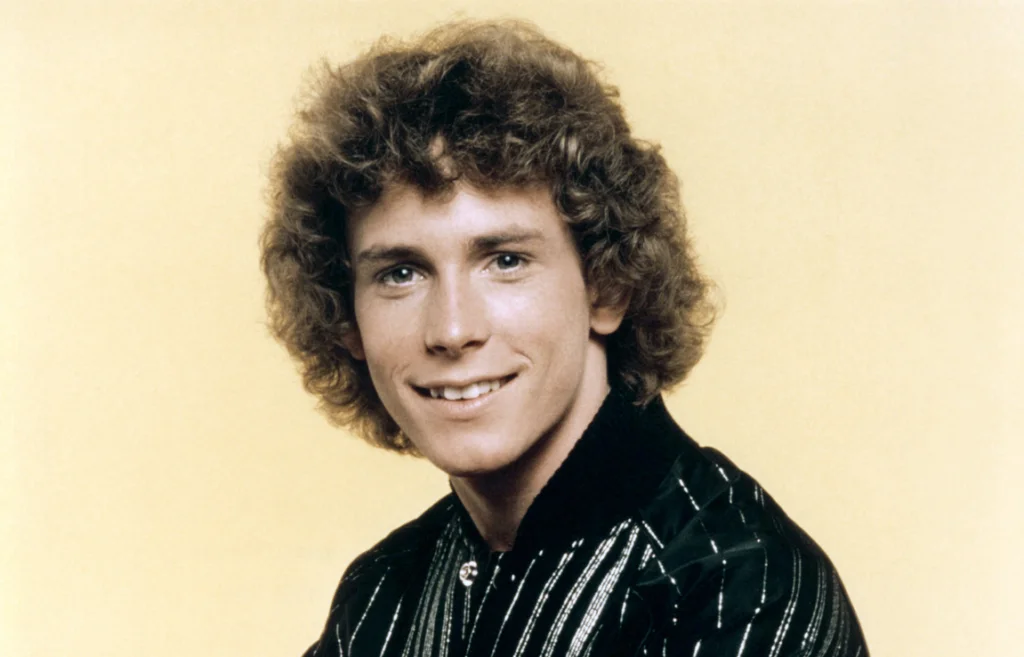
As Tommy Bradford on “Eight Is Enough,” Willie Aames brought an approachable charm that landed him in the pages of teen magazines alongside his more traditional heartthrob co-star, Grant Goodeve. His boy-next-door appeal and later role in the series “Charles in Charge” opposite Scott Baio established him as a teen favorite whose career seemed destined for longevity. Posters of Aames adorned bedroom walls nationwide, and his fan club boasted thousands of dedicated members who followed his every move.
Aames’ post-fame journey included struggles with addiction, bankruptcy, and homelessness—a dramatic fall chronicled in the documentary “Broke and Famous.” His later career included an unusual pivot to becoming “Bibleman,” a Christian superhero in a direct-to-video series, before working as a cruise director and financial advisor. Few teen idols experienced such extreme highs and lows, making Aames’ story particularly emblematic of the disposable nature of fame in the teen entertainment industry.
12. Rex Smith
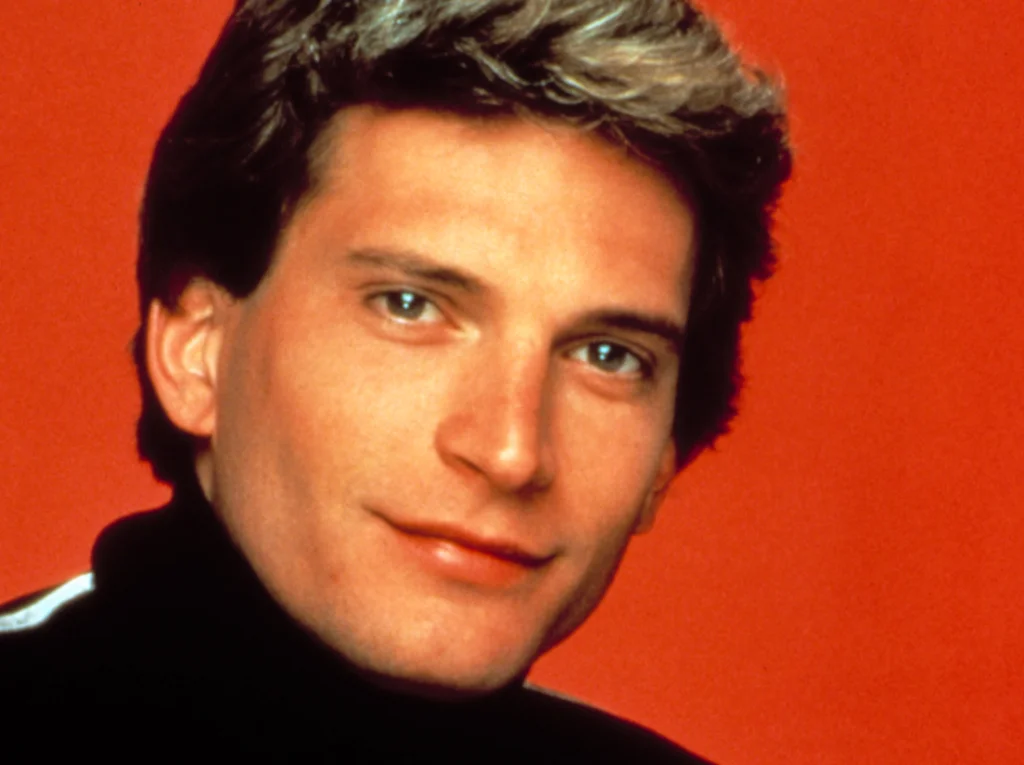
With his flowing blonde hair and rock star stage presence, Rex Smith straddled the worlds of hard rock and teen idol with hits like “You Take My Breath Away” and a starring role in the television adaptation of “Sooner or Later.” His unexpected breakthrough combined the musical credibility teens craved with the photogenic features that sold magazines, creating what seemed like a formula for lasting success. For a brief moment in the late ’70s, Smith appeared poised to transcend the typical teen idol limitations.
Despite solid acting skills and genuine musical talent, Smith’s moment in the spotlight proved remarkably brief. By the early ’80s, changing musical tastes and the emergence of new teen sensations had pushed him to the background of popular culture. Though he continued performing in Broadway shows like “The Pirates of Penzance” and on television, he never again achieved the level of recognition that once made his posters must-have decorations for teenage bedrooms across America.
The rise and fall of these ’70s teen idols tells us something about the nature of manufactured fame and the challenging transition from adolescent adoration to adult careers. While some managed successful second acts, others serve as cautionary tales about the entertainment industry’s constant hunger for fresh faces. Their stories continue to fascinate decades later, perhaps because they remind us of the ephemeral nature of celebrity and the bittersweet nostalgia of first crushes long forgotten.



